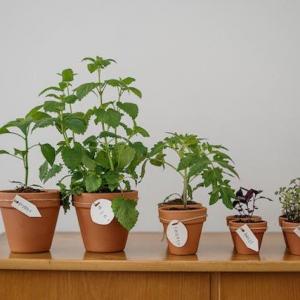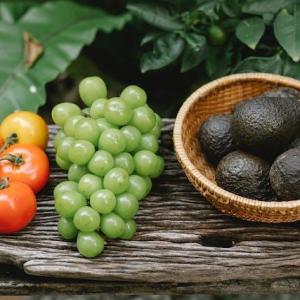
Introduction
Having your own kitchen garden is a wonderful way to incorporate fresh and flavorful herbs and vegetables into your cooking. It not only provides you with a sustainable source of ingredients but also allows you to connect with nature and enjoy the satisfaction of growing your own food. In this article, we will explore tips for a bountiful kitchen garden, specifically focusing on growing herbs and vegetables.Choosing the Right Herbs and Vegetables
1. Consider your preferences and usage: Start by selecting herbs and vegetables that you frequently use in your cooking. This ensures that you will enjoy the fruits of your labor and make the most of your kitchen garden. 2. Assess your space and sunlight: Determine the amount of space you have available for your garden and the sunlight exposure it receives. Some herbs and vegetables require full sun, while others can tolerate partial shade. Choose plants that are suitable for your specific conditions. 3. Opt for easy-to-grow varieties: As a beginner, it's best to choose herbs and vegetables that are known for their resilience and low maintenance. Examples include basil, mint, parsley, cherry tomatoes, salad greens, and zucchini. These plants are relatively forgiving and have a high chance of success.Preparing Your Garden
1. Plan your layout: Sketch out a garden layout, considering factors such as spacing, companion planting, and accessibility. Group plants with similar water and sunlight needs together to ensure efficient care. 2. Prepare the soil: Ensure your soil is well-drained and rich in organic matter. Add compost or well-rotted manure to improve soil fertility and structure. Remove any weeds or debris from your garden area.3. Start from seeds or seedlings: Decide whether you want to start your herbs and vegetables from seeds or purchase seedlings. Starting from seeds allows for a wider variety of choices but requires more time and attention. Seedlings offer a head start and are easier for beginners.
Caring for Your Kitchen Garden
1. Watering: Provide regular and consistent watering to your plants. Herbs and vegetables generally require an inch of water per week. Water deeply at the base of the plants to encourage strong root growth. Avoid overhead watering, as it can promote fungal diseases.2. Mulching: Apply a layer of organic mulch, such as straw or wood chips, around your plants. Mulching helps retain moisture, suppresses weeds, and regulates soil temperature.
3. Fertilizing: Feed your plants with organic fertilizers or compost to provide them with essential nutrients. Follow the instructions on the fertilizer packaging or use compost as a top dressing around your plants.
4. Pruning and harvesting: Regularly prune your herbs to encourage bushier growth. Harvest vegetables when they are ripe to promote continuous production. Regular harvesting also prevents plants from becoming overcrowded.
5. Pest control: Monitor your plants for pests and take appropriate measures to control them. Use natural remedies like insecticidal soaps, neem oil, or companion planting techniques to deter pests. Regularly inspect your plants for signs of disease and address any issues promptly.
Continued Learning and Enjoyment
1. Expand your knowledge: Continuously learn about different herbs and vegetables, their growing requirements, and best practices for care. Experiment with new varieties and techniques to expand your kitchen garden.2. Rotate crops: To prevent soil depletion and disease buildup, practice crop rotation. Avoid planting the same herbs and vegetables in the same spot year after year. Rotate their locations to maintain soil health.
3. Enjoy the harvest: Harvest your herbs and vegetables at their peak freshness and use them in your cooking. There's nothing more satisfying than enjoying the flavors and nutritional benefits of your homegrown produce.
Conclusion
With these tips, you are well on your way to creating a bountiful kitchen garden filled with delicious herbs and vegetables. Choose the right plants, prepare your garden, and care for your plants with attention and love. Embrace the journey of growing your own food, expand your knowledge, and savor the joy of enjoying fresh, homegrown produce in your favorite recipes. Happy gardening!
Article
Be the first comment
Elite Article













